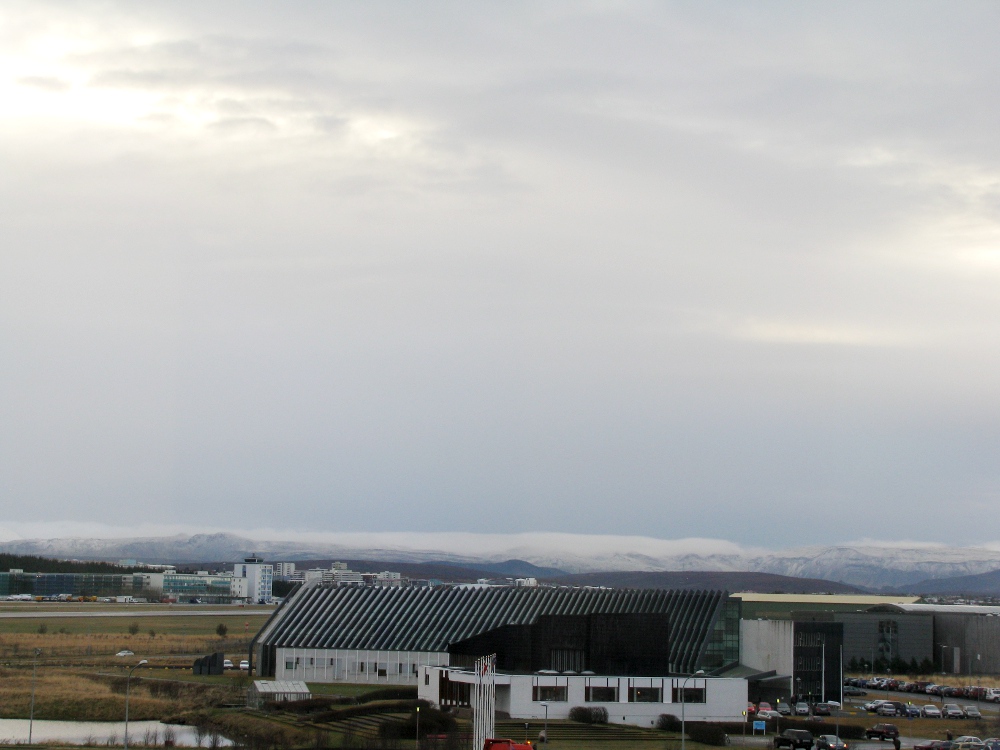A long time ago on an island far far away… Posted by hulda on Nov 14, 2012 in Icelandic history
 Jóði hét maðr, sonr Gormóar. Jóði var maðr lítill, en svá sterkr, at eigi váru hans jafningjar. En er hann var á unga aldri, lá hann í víkingu ok herjaði.
Jóði hét maðr, sonr Gormóar. Jóði var maðr lítill, en svá sterkr, at eigi váru hans jafningjar. En er hann var á unga aldri, lá hann í víkingu ok herjaði.
“The man’s name was Yoda, he was Gormo’s son. Yoda was a small man but so strong that no one was his match. When he was of young age he went a-viking and raided.”
Tattúínárdæla saga (= the saga of the Tattúin river valley people) is Star Wars translated into Old Norse, as if the story were told in an Icelandic viking era saga.* As Icelandic is still very similar to Old Norse I thought this one would definitely be of interest to you, dear readers! An English translation is included as well so it’s a really fun way of comparing the two languages and to see how Old Norse works.
The translator is Jackson Crawford and the saga itself both had me rolling in laughter while it also held me in awe over how skillfully it’s done; it even includes samples of the type of poetic metre that is typical for Icelandic poetry to this very day. The rhyming is not done at the ends of the lines but rather in the sounds that begin the words: the idea is that the first letter of the first stressed word of each line has to repeat twice on that line and once in the line next to it. Here’s an example of how it works.
Þat mælti mín móðir,
at mér skyldi kaupa
fley ok fagrar árar,
fara á brott með jeðum,
standa upp í stafni,
stýra dýrum krossvængi,
halda svá til hafnar,
höggva mann ok annan.
(My mother said that
They should buy me
A warship and fair oars,
That I should go abroad
With the men from the Jeðifjords,
Stand up in the stern,
Steer the magnificent X-Wing,
Hold a course to the harbor,
Cut down one man after another)
There are a couple of exceptions to this rule in the old texts. The oldest ones only have the same letter repeat once per line because the lines used to be a lot shorter in texts such as the Völuspá, Prophecy of the seeress (völva = seeress, spá = prophecy). Later on one of Iceland’s national heroes, Egill Skallagrímsson, was such an amazing poet that he began as the first Nordic poet to add the rhyming to the ends of the lines while also using the traditional metre. His most famous poem Höfuðlausn (= Head’s ransom – he literally ransomed his own life in exchange of this poem) begins thus:
Vestr fórk of ver,
en ek Viðris ber
munstrandar mar,
svá-s mitt of far;*
Jedi Fjords? Alas, this is just the snowy peaks of the mountains that you see from in from in front of the university. Coming from a country that has no real mountains I never get tired of watching them. Somehow they always look a little bit unreal to me, like a giant screen saver.
Interestingly another one of the many poems Egill wrote as a young man goes:
Þat mælti mín móðir,
at mér skyldi kaupa
fley ok fagrar árar,
fara á brott með víkingum,
standa upp í stafni,
stýra dýrum knerri,
halda svá til hafnar
höggva mann ok annan.
Even though it has no mention of jedis or X-Wings I daresay I see where the influence is drawn from for the first poem in Tattúínárdæla saga.
*That Line goes “Ok em ek faðir þinn“.
**Translation can be found on the Icelandic Saga Database. Note how it uses the same metre in the English translation as well.

Build vocabulary, practice pronunciation, and more with Transparent Language Online. Available anytime, anywhere, on any device.
About the Author: hulda
Hi, I'm Hulda, originally Finnish but now living in the suburbs of Reykjavík. I'm here to help you in any way I can if you're considering learning Icelandic. Nice to meet you!




